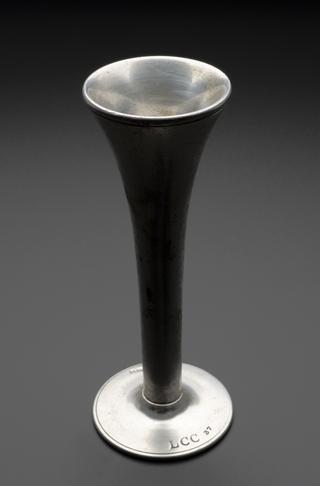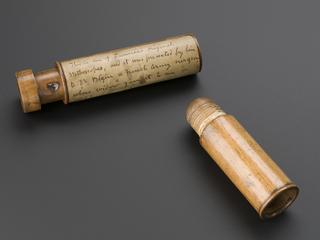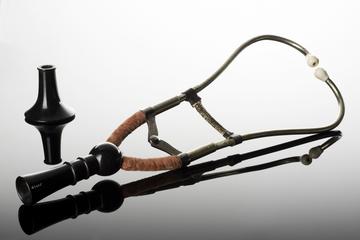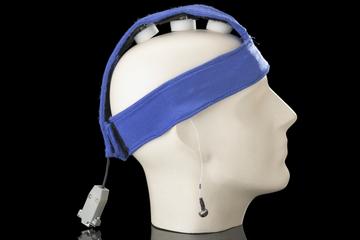




"Minigraph" Electrocardiograph, type 41, from the Occupational Health Department of the London School of Hygiene and Tropical Medicine, by Cardiac Recorders Ltd, London, England, 1970-1990
An electrocardiograph produces ‘traces’ or visual graphical records of electrical activity in a person’s heart. The records are called electrocardiograms or ECGs and are examined by physicians for irregularities indicating disease, birth defects or heart attacks. This example was made by the Cardiac Recorders Ltd and used at the London School of Tropical Medicine.
Around 1903, Dutch physiologist Willem Einthoven (1860-1927) invented the string galvanometer. This made electrocardiography possible. Einthoven won a Nobel Prize for his invention.
Details
- Category:
- Clinical Diagnosis
- Object Number:
- 1992-561
- Measurements:
-
overall: 150 mm x 235 mm x 110 mm,
- type:
- electrocardiograph
- credit:
- London School of Hygiene and Tropical Medicine




